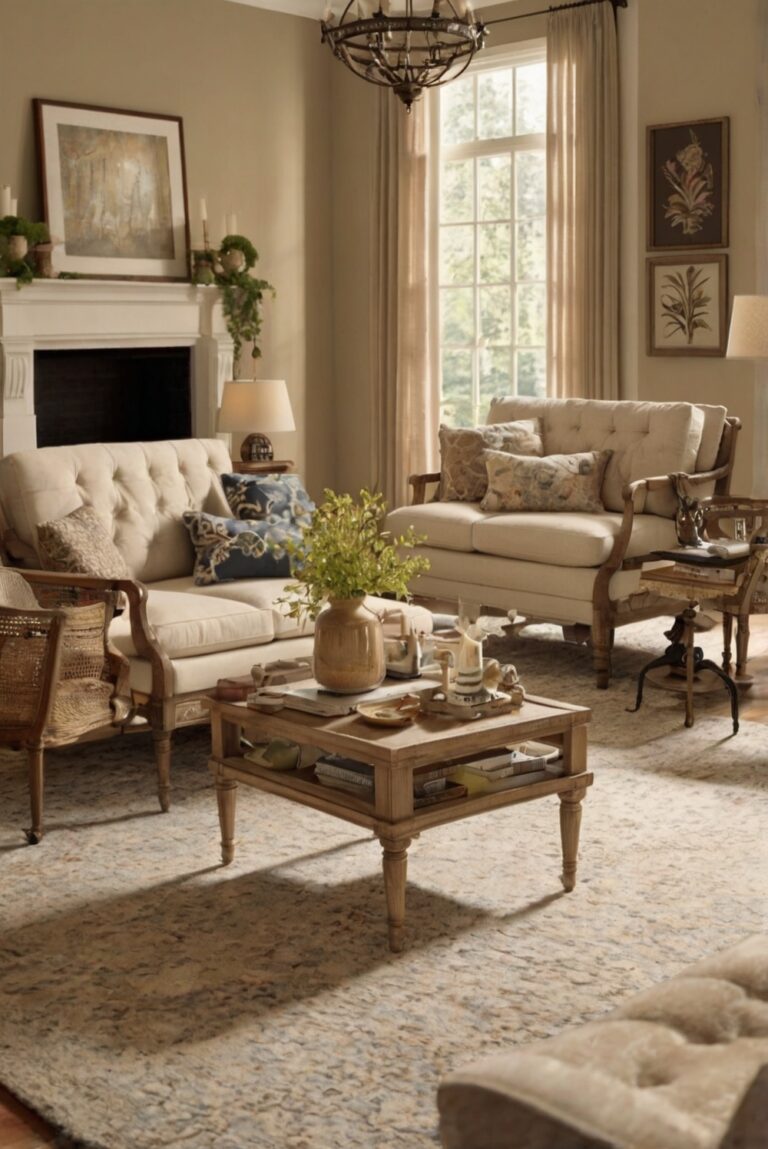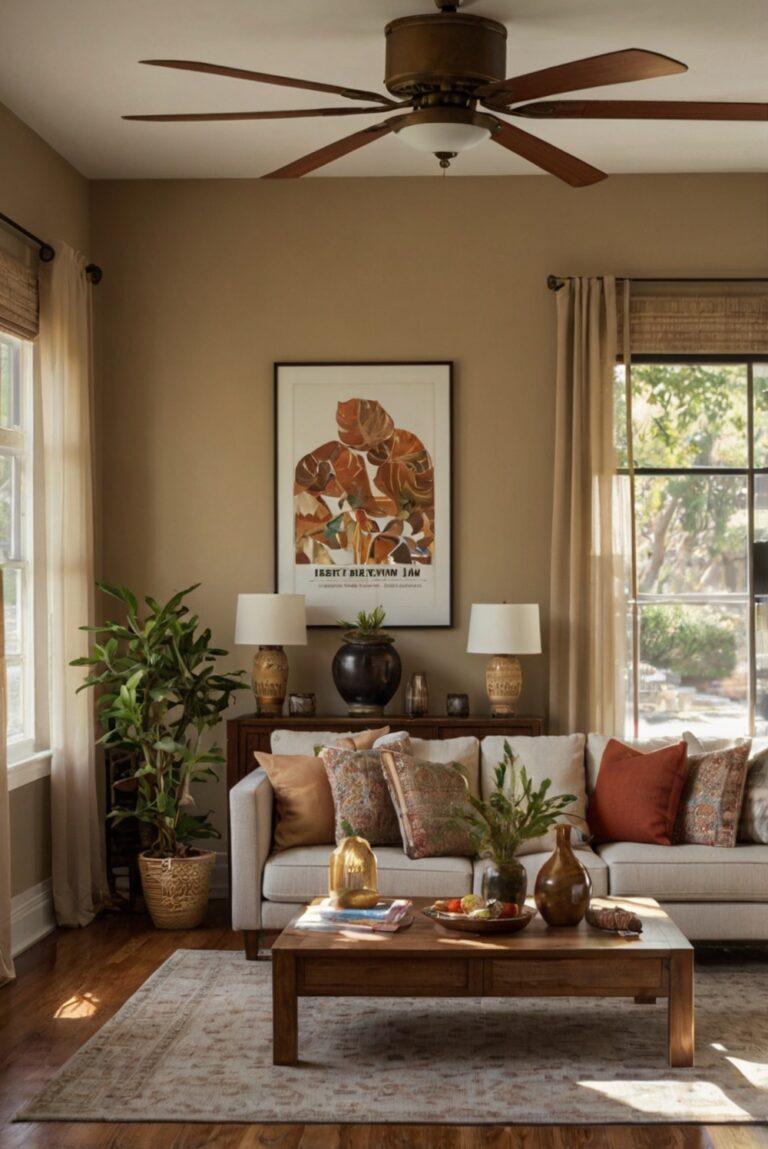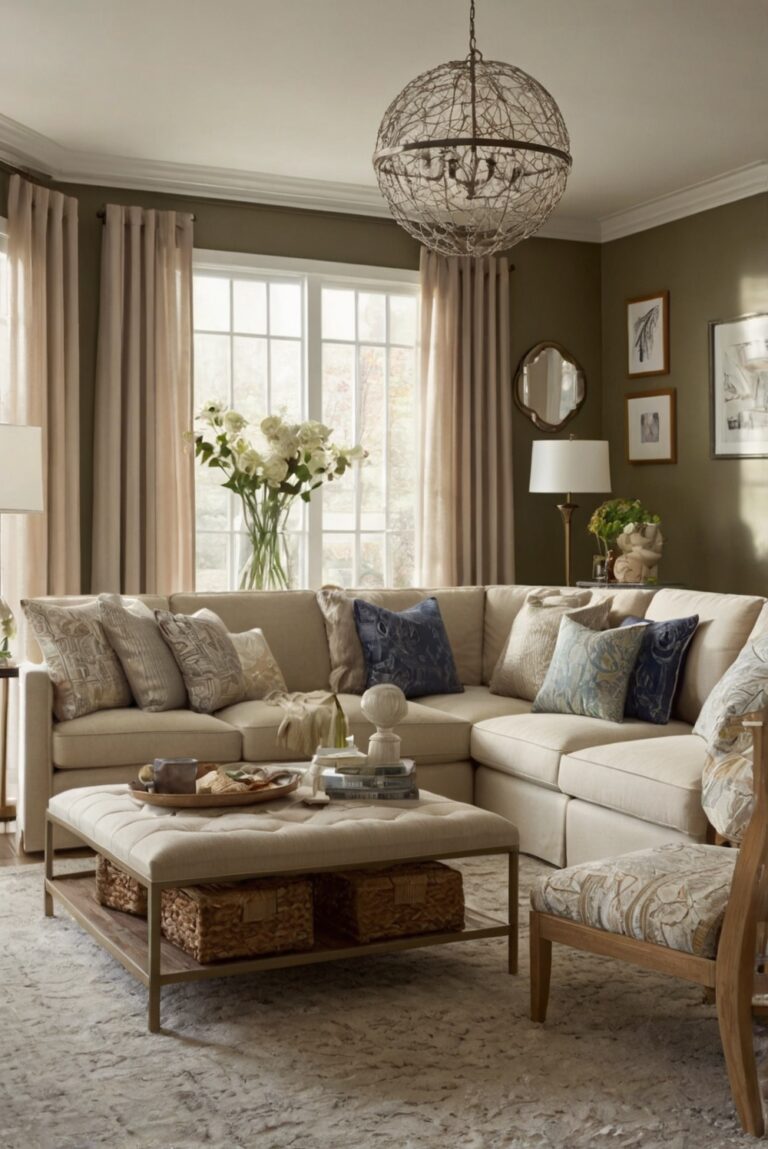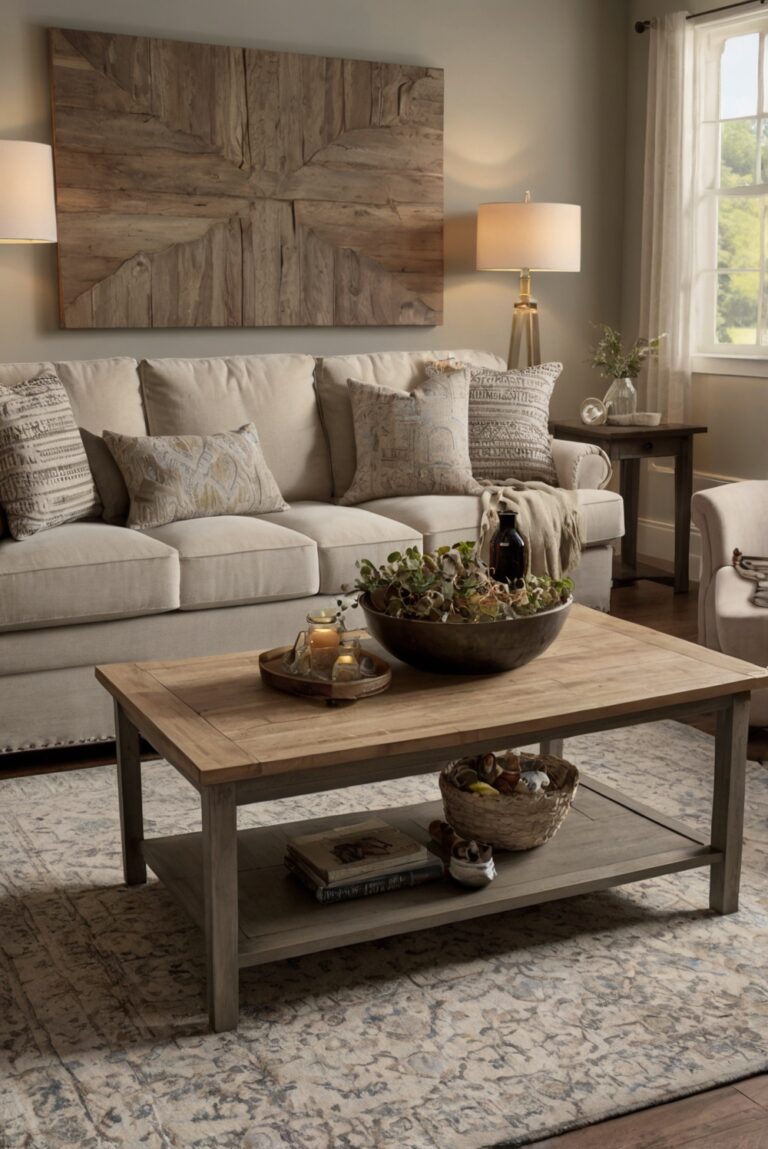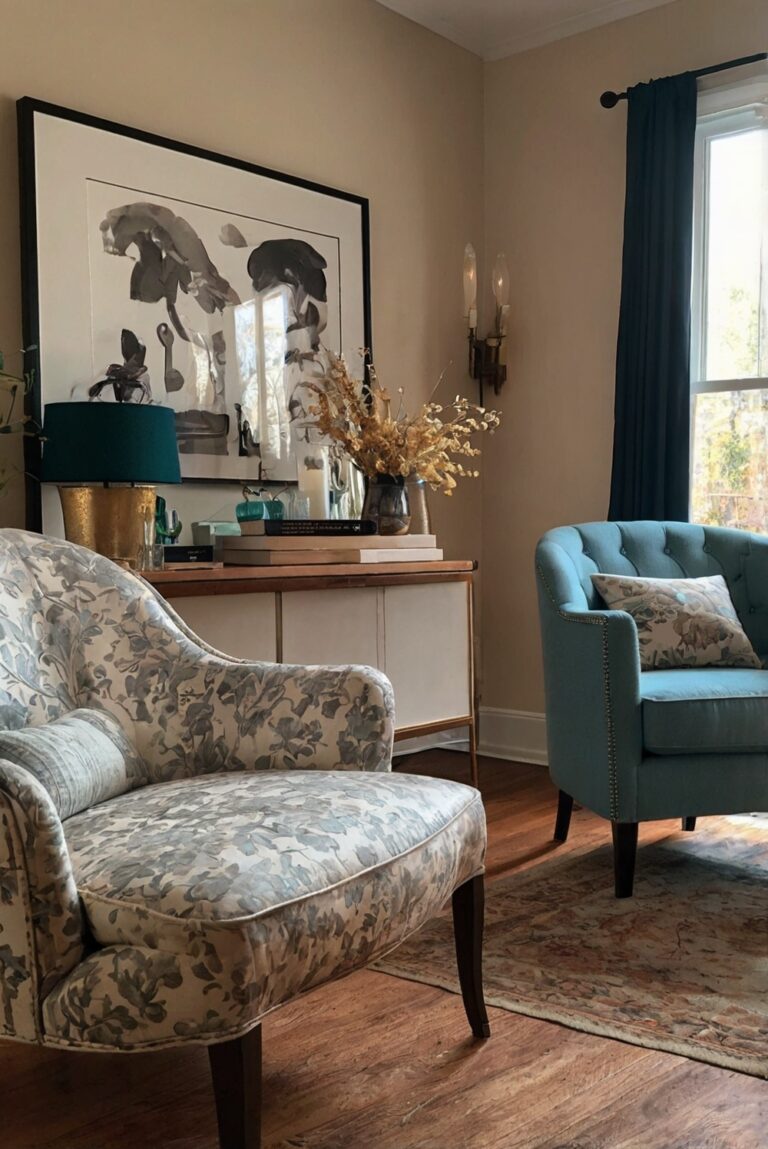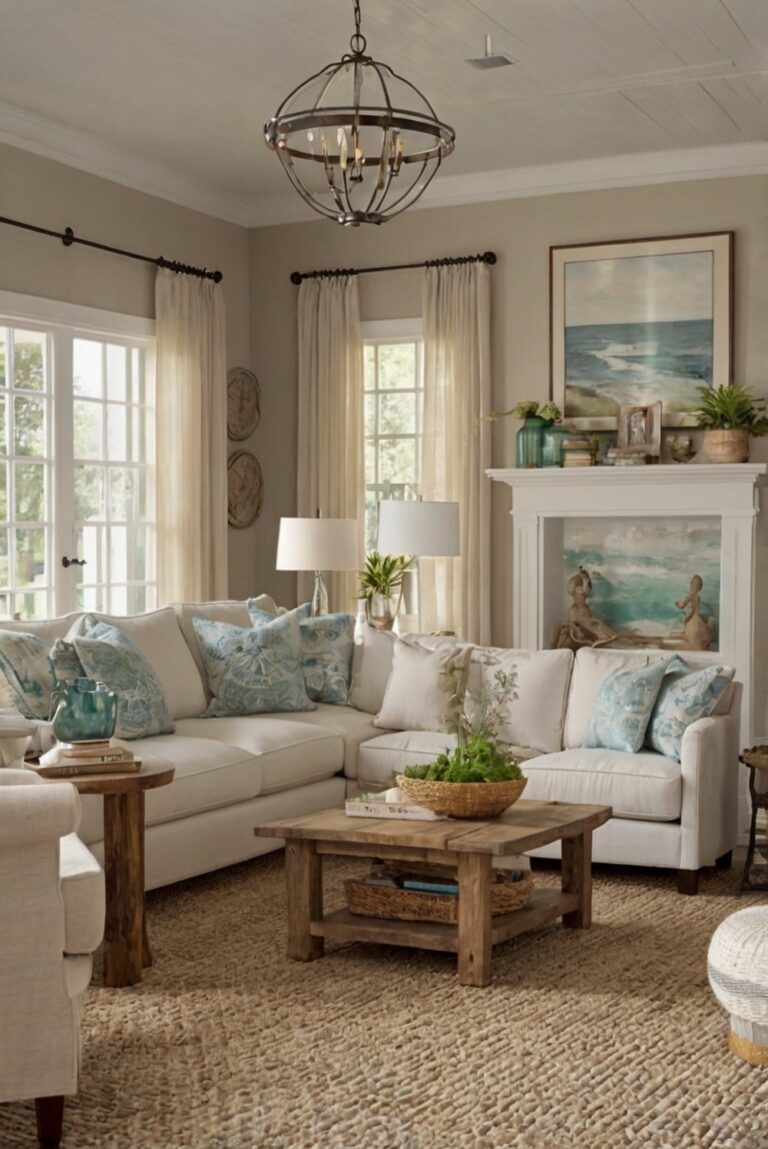Looking to upgrade your living room with second-hand furniture? Explore expert tips for a budget-friendly and stylish interior design refresh.
**What Are the Top Tips for Buying Second-Hand Furniture for Your Living Room?**
**Answer:**
When buying second-hand furniture for your living room, consider the following tips. First, inspect the furniture for any signs of damage or wear. Check for structural integrity and functionality. Research the brand and quality of the piece to ensure durability. Measure your space to ensure the furniture fits. Negotiate the price but be willing to walk away if it’s not a good deal. Consider the style and compatibility with your existing décor. Look for unique pieces that add character to your space. Clean and disinfect the furniture before bringing it into your home. By following these tips, you can find great second-hand pieces to enhance your living room decor.
Consider Your Needs and Budget:
When buying second-hand furniture for your living room, it is essential to first consider your needs and budget. Think about the specific pieces of furniture you require and how much you are willing to spend. This will help you narrow down your options and make informed decisions. Take measurements of your living room to ensure that the furniture you buy fits perfectly.
Inspect the Furniture Carefully:
Before making a purchase, thoroughly inspect the second-hand furniture for any damage or signs of wear and tear. Check for loose joints, scratches, stains, or odors. Make sure that all drawers and doors function properly. It is also important to examine the quality of the materials used in the furniture to ensure durability.
Research the Seller:
When buying second-hand furniture, it is crucial to research the seller or the platform from which you are making the purchase. Look for reviews or feedback from other customers to gauge the seller’s reputation. If possible, visit the seller in person to inspect the furniture before buying. This will help you avoid any potential scams or fraudulent activities.
Consider the Style and Theme:
When buying second-hand furniture for your living room, consider the existing style and theme of your space. Choose pieces that complement the overall aesthetic of your room. Look for furniture that will enhance the look and feel of your living room rather than clash with it. Mixing and matching different styles can create an eclectic and personalized look.
Negotiate the Price:
Don’t be afraid to negotiate the price when buying second-hand furniture. Sellers are often willing to lower their prices, especially if the furniture has been listed for a while. Be polite but firm in your negotiations and don’t hesitate to walk away if the price is not within your budget. Remember that buying second-hand furniture is a great way to save money, so getting a good deal is key.
In conclusion, when buying second-hand furniture for your living room, it is important to consider your needs and budget, inspect the furniture carefully, research the seller, consider the style and theme of your space, and negotiate the price. By following these top tips, you can make informed decisions and find quality second-hand furniture that suits your taste and budget. Remember to take your time and explore different options to find the perfect pieces for your living room.
1. How can I find high-quality second-hand furniture for my living room?
When looking for high-quality second-hand furniture for your living room, consider shopping at reputable thrift stores, consignment shops, or online marketplaces. Look for well-known brands that are known for their durability and quality. Inspect the furniture carefully for any signs of damage, such as scratches, dents, or stains. You can also ask the seller about the furniture’s history and maintenance to ensure that it has been well taken care of. Don’t be afraid to negotiate the price to get the best deal possible.
2. What are some key factors to consider when buying second-hand furniture for the living room?
When buying second-hand furniture for your living room, consider the size and layout of your space to ensure that the furniture will fit and complement the room. Look for pieces that are both functional and stylish, such as a comfortable sofa or a sturdy coffee table. Consider the material of the furniture and how easy it is to clean and maintain. Additionally, think about the overall aesthetic of your living room and choose furniture that will enhance the look and feel of the space.
3. How can I ensure that the second-hand furniture I buy is in good condition?
To ensure that the second-hand furniture you buy is in good condition, thoroughly inspect each piece for any signs of wear and tear. Check for loose joints, broken hardware, or sagging cushions. Test any moving parts, such as drawers or doors, to make sure they function properly. Smell the furniture for any musty odors, which could indicate mold or mildew. If possible, ask the seller for any maintenance records or warranties that may be available. Taking the time to inspect the furniture carefully will help you avoid buying items that are already damaged or in need of repairs.
4. Are there any specific types of second-hand furniture that are better to buy for the living room?
When buying second-hand furniture for your living room, consider investing in key pieces that are likely to last a long time and withstand daily use. Items such as a solid wood coffee table, a leather sofa, or a vintage rug can add character and style to your living room while also being durable and long-lasting. Look for furniture with timeless designs that will not go out of style quickly. Additionally, consider pieces that can be easily reupholstered or refinished to give them a fresh new look.
5. What are some tips for negotiating the price of second-hand furniture?
When negotiating the price of second-hand furniture, it’s important to do your research and know the market value of the item you are interested in. Be prepared to walk away if the seller is not willing to negotiate or if the price is too high. Point out any flaws or imperfections in the furniture that may warrant a lower price. Offer to pay in cash or to pick up the item yourself to show that you are a serious buyer. Be respectful and polite during negotiations, but don’t be afraid to ask for a lower price if you feel it is justified.


